Can Plaque Cause Tooth Loss?
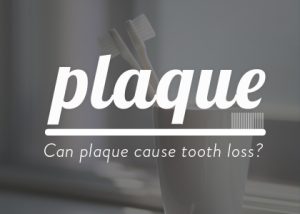 If you’ve ever gone too long between brushing your teeth, you know how slimy and dirty your teeth can feel. Some people lovingly call this layer of grime “teeth sweaters.” But it has a real name: plaque. Plaque is common but it can cause poor oral health if you ignore it. Read below for more information on what plaque is and how to deal with it.
If you’ve ever gone too long between brushing your teeth, you know how slimy and dirty your teeth can feel. Some people lovingly call this layer of grime “teeth sweaters.” But it has a real name: plaque. Plaque is common but it can cause poor oral health if you ignore it. Read below for more information on what plaque is and how to deal with it.
What is Plaque?
To best understand what exactly plaque is, let us paint you a picture of the inside of your mouth after a meal. After enjoying your delicious food, someone else (or something else) is enjoying the leftovers. Oral bacteria are natural and normally present in everyone’s mouth.
These bacteria feed off tiny bits of leftover food on your teeth – kind of gross, but it’s true! As bacteria eat the food, they digest and process it. Finally, the bacteria produce plaque as an aftereffect of digestion. This process happens with any food you eat, but the bacteria especially love carbohydrates and sugar.
Plaque sticks to any and all parts of your teeth. In fact, the plaque on the sides of your teeth and near your gums can be different than the kind of plaque found in the grooves on the chewing surface of your teeth.
Effects of Plaque on Teeth
The real problem with plaque is that it contains acid, which ruins your teeth. Over time, acid can erode your enamel and harm your gums. While plaque is totally normal, it’s still important to keep it at bay.
The buildup of plaque can cause:
- Tartar
- Gum disease
- Cavities
- Eroded enamel
- Sensitive teeth
- Bad breath
In summary, plaque is the basis of most oral health problems. Left untreated, many of the oral health problems listed above can lead to tooth loss and other oral health complications down the road.
What Causes Plaque?
You can’t avoid plaque completely. Plaque is simply the natural outcome of oral bacteria. Either the bacteria naturally reproduce or you pick up new bacteria from your environment. And some oral bacteria are actually good for you.
So the idea isn’t to completely get rid of bacteria in your mouth. But certain foods (like sugar) and bad habits (like not brushing and flossing) can cause excessive plaque and harmful buildup that hardens into tartar and can wreak havoc on your oral health.
Fighting Plaque
The benefits of good oral hygiene go far beyond just your mouth. A healthy mouth is important for a healthy body and a joyful life.
To keep your mouth healthy and plaque-free:
-
- Brush your teeth for two minutes twice every day, especially in the morning and before bed. Saliva helps wash food off your teeth, but you have less saliva while you sleep, so it’s important to go to bed with very clean teeth to give the bacteria less to enjoy. Also, be sure to replace your toothbrush every three months to keep it clean.
-
- Floss and clean between your teeth every day. A lot of plaque hides along and under the gum line, and flossing is the only way to get to this hard-to-reach plaque that brushing will miss.
-
- Mouthwash can help loosen up plaque before or after you brush your teeth, and most have ingredients to fight bacteria. You might be sensitive to mouthwash and mouthwash should never replace regular brushing and flossing, so talk to your dentist about using it.
- Eat less sugar. Especially avoid sugary drinks, which prolong your mouth’s exposure to sugar all day. Sugar is sneaky, you might be surprised how many snacks and beverages actually contain it. If you do have snacks with sugar, rinse your mouth with water right afterward.
- Eat fewer snacks between meals. If you eat all day long, it’s like giving the bacteria in your mouth an all-day buffet. Eat a healthy meal, then either rinse your mouth or brush your teeth, then give your mouth a break from the plaque process.
- See your Portland dentist. You can do a lot to fight bacteria and plaque every day, but professional cleaning is still necessary at least twice a year.
- Ask your dentist about dental sealants for an added layer of protection against plaque and tooth decay.
To schedule a professional cleaning for your teeth, or to develop a new relationship with your Portland dentist, contact Family Dental Health today! Dr. David Case is taking new patients and would love to serve all your oral health needs, and help you keep plaque at bay.
The content of this blog is not intended to be a substitute for professional medical advice, diagnosis, or treatment. Always seek the advice of qualified health providers with questions you may have regarding medical conditions.


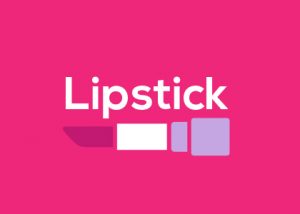

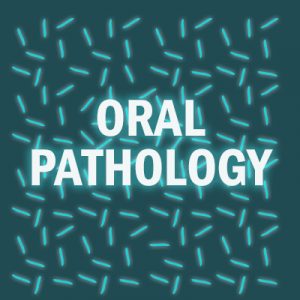
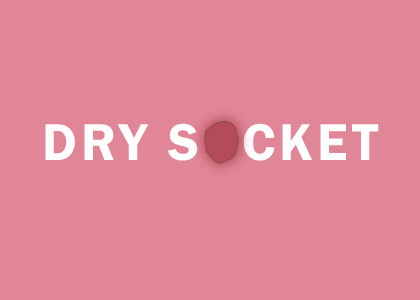 The dreaded words of warning for anyone who has a
The dreaded words of warning for anyone who has a 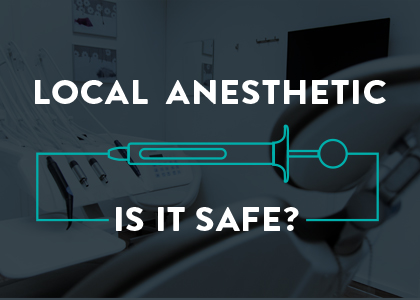 If you get to go on a tropical vacation, your ability to feel the warm sun and the smooth sand is crucial to enjoying the atmosphere. There are, however, times in life when you would rather not feel anything. Getting a dental procedure can be one of those times—as important as the procedure might be. In that case, thank goodness for modern medicine and anesthesia.
If you get to go on a tropical vacation, your ability to feel the warm sun and the smooth sand is crucial to enjoying the atmosphere. There are, however, times in life when you would rather not feel anything. Getting a dental procedure can be one of those times—as important as the procedure might be. In that case, thank goodness for modern medicine and anesthesia. 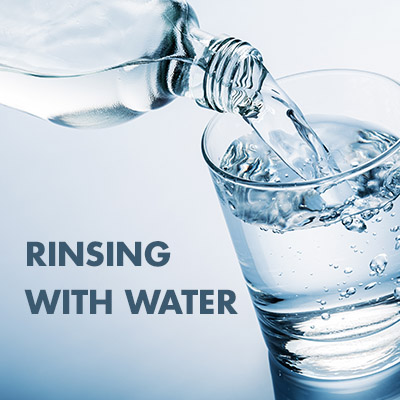 For a long time, we’ve been told to brush our teeth right after we eat, but conventional wisdom might be changing on that. Thanks to your mouth’s powerful and natural ability to clean itself, rinsing with water might actually be the best way to freshen your breath and prevent cavities after you eat.
For a long time, we’ve been told to brush our teeth right after we eat, but conventional wisdom might be changing on that. Thanks to your mouth’s powerful and natural ability to clean itself, rinsing with water might actually be the best way to freshen your breath and prevent cavities after you eat.  Diabetes is a chronic and complicated disease that affects how your body processes sugar—its main source of energy. Diabetes symptoms mostly affect your heart, eyes, nerves, and kidneys, but it can affect your whole body, including your mouth.
Diabetes is a chronic and complicated disease that affects how your body processes sugar—its main source of energy. Diabetes symptoms mostly affect your heart, eyes, nerves, and kidneys, but it can affect your whole body, including your mouth. There are two kinds of people in this world: those who floss, and those who don’t. Diligent flossers everywhere inspire those of us who live with them or know them. Flossing may not be a philosophical virtue but it’s certainly high on the list of qualities amongst people who “have it together.” Read more below about why flossing is so important and what alternatives you have if you don’t like traditional floss.
There are two kinds of people in this world: those who floss, and those who don’t. Diligent flossers everywhere inspire those of us who live with them or know them. Flossing may not be a philosophical virtue but it’s certainly high on the list of qualities amongst people who “have it together.” Read more below about why flossing is so important and what alternatives you have if you don’t like traditional floss.